活动形式: Webinar

03
Mar
2015
Chlorhexidine and the chemical control of dental plaque
23:00 America/Toronto
English
Chlorhexidine and the chemical control of dental plaque
Chlorhexidine is considered the most effective antiseptic actually available, and its activity can be both bacteriostatic and bactericidal. There are many clinical protocols involving chlorhexidine demonstrating its importance before and after clinical procedures, but nowadays dental professionals desire the most effective mouthrinse, limiting all side effects, possibly with extra benefits related to additional components. Combinations of chlorhexidine with other antiseptics, such as CPC, could expand antibacterial spectrum, but the additional clinical benefit is still unclear and literature is discordant. On the other hand, many studies explained us that it’s now possible to reduce typical stains related to chlorhexidine, without reducing antiseptic effect. Anti Discoloration System (ADS™) is actually the only system that proved to be effective against stains without affecting chlorhexidine efficacy. New development of chlorhexidine associations can include products with hyaluronic acid, chlorobuthanol, or natural extracts, born to add extra benefits, but not to increase the antiseptic effect, already considered the gold standard.
Learning Objectives:
Participant will learn how to apply right antiseptic protocols according to various clinical situations, with particular focus on implantology and periodontology. Many clinical cases and situations will be presented. Benefits of different chlorhexidine associations will be exhaustively explained.
学习目标
Chemical control of plaque is one of the most important part of the everyday activity in dental prevention, and prescription of mouth rinses is considered the gold standard for many professional treatments.
学习目标
Chemical control of plaque is one of the most important part of the everyday activity in dental prevention, and prescription of mouth rinses is considered the gold standard for many professional treatments.
培训详情
Lecturers
建议参加
联系信息
fortbildungen[at]curaden.ch












